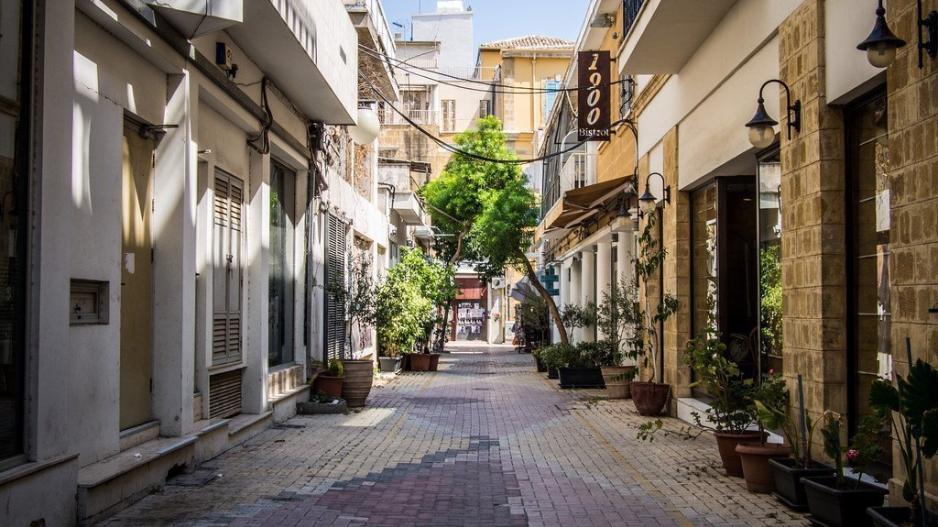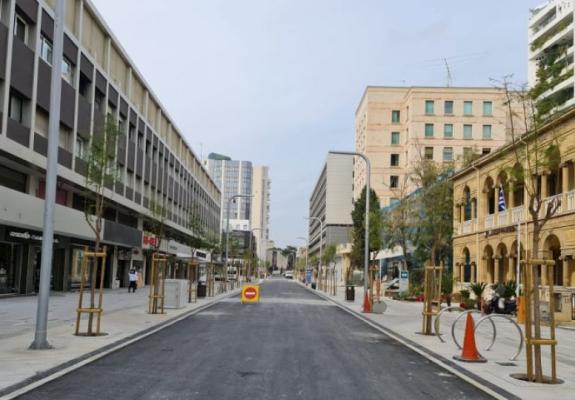The Transformation Agenda for Nicosia's Walled City
A €10 Million Commitment to Nicosia's Heart
The government is taking steps towards the full revitalization of Nicosia within its walls. In this regard, Grant Schemes have been prepared, targeting the attraction of citizens with the aim of encouraging them to live and be active in central Nicosia. The Plan is set to be presented today, Wednesday, 20th September 2023, at a press conference at the Nicosia City Hall. This presentation will address the Grant Schemes for the redevelopment and rejuvenation of Nicosia within its walls.
Prominent attendees include the Minister of Interior, Konstantinos Ioannou, and the Mayor of Nicosia, Konstantinos Giorkatzis, both of whom will deliver a greeting.
As Offsite News and Brief report, the Plan's objectives for business development within the walls of Nicosia are as follows:
1. Attract new businesses of specific and urbanistically permissible activity.
2. Encourage existing businesses to relocate to the areas covered by the Plan, thereby enhancing the social and economic status of these regions, increasing trust and safety, and improving quality of life.
3. Urge businesses already active in these areas to expand their current facilities to establish sustainable and competitive enterprises.
4. Socio-economic upliftment of the area by attracting other related investments.
5. Enhance the built environment, contributing to the circular economy and green growth through restoration, renovation, reuse of buildings, and preserving architectural heritage.
6. Attract citizens from across Cyprus.
7. Generate new employment opportunities.
With a budget allocation of €10 million, this five-year Scheme corresponds to €2 million annually. Its primary goal is to stimulate the growth of business units within old Nicosia, whether through renovation or relocation.
This initiative is part of the Memorandum of Understanding for the Redevelopment and Revitalization of Nicosia within its Walls. Payments are processed following initial private financing, with the grant being dispensed in two equal installments. The first installment is given when 50% of the business unit project is realized, while the second is granted upon its completion. Additionally, the Scheme offers the option for an advance of up to 20% of the approved grant, which will be equally deducted during the two grant payment installments.

Eligible participants are individuals or legal entities that either own or rent buildings, with the written consent of the property owners. This also includes those who rent Turkish Cypriot property, granted they have the written consent of the Guardian of Turkish Cypriot properties – the District Officer of Nicosia. The participants should be involved in, or planning to engage in, a desired economic activity to bolster business operations within areas covered by the Plan.
For the purposes of this Scheme and for the transformation of buildings into businesses, specific Urban Planning Regulations and basic Guiding Principles apply. These are tailored to the type of each developing building, especially preserved ones.
Individuals or legal entities that have previously received any form of state sponsorship from another Grant Scheme for their building are eligible for this Scheme after a lapse of 10 years from their last received aid. However, those who gain approval under this Scheme will not qualify for funding for the same expenses from any other Government Grant Scheme.

Through the Business Scheme within the walled city of Nicosia, various incentives are available. These include:
-
Transfer or sale of remaining building coefficients to other areas.
-
Tax incentives after comprehensive and proper building maintenance, encompassing:
-
Deduction of expenses from the taxable income of the owner.
-
Tax exemption on rents of a preserved building.
-
Exemption from property tax on preserved buildings.
-
Return of transfer fees.
-
Several key principles have been adopted for building interventions:
1. The historical identity of the building will be preserved and should not be altered. Incorporating new uses should minimally change the distinct morphological, typological, and other unique features of the building.
2. Modifications made to the building in the past that are part of its historical evolution will remain intact.
3. Past interventions or changes that have distorted the original character of the building will be removed or redesigned to align with the business's identity.
4. New additions, external modifications, or construction interventions should be distinct from the old while resonating with the original materials and characteristics in size, scale, and proportions.






